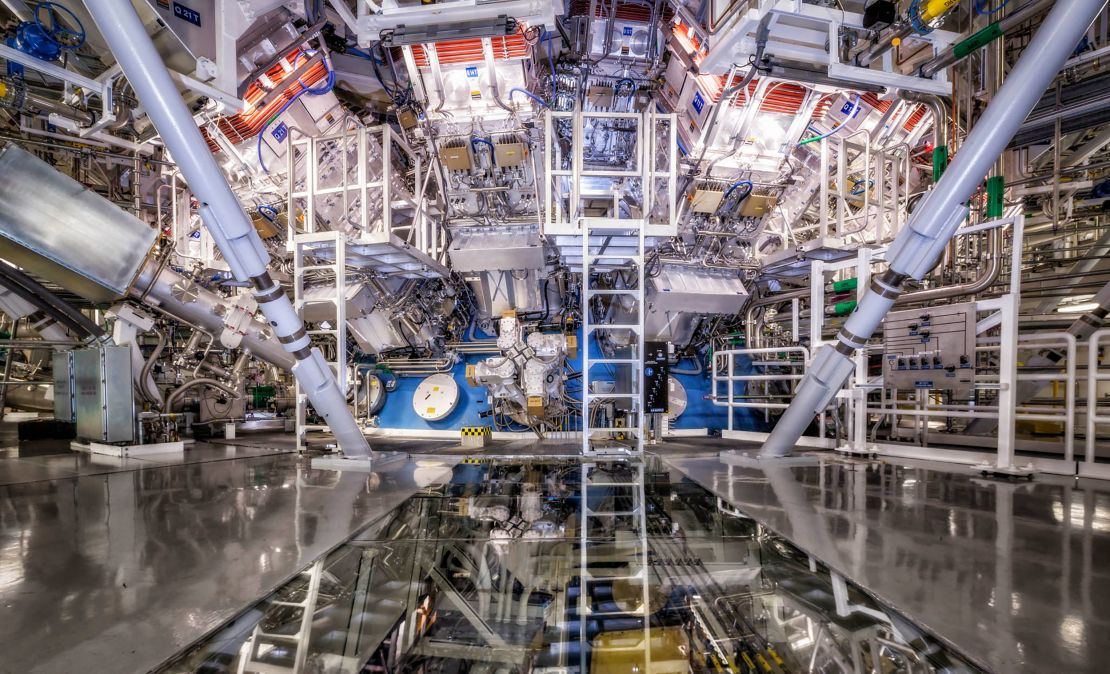Last year on a December morning, scientists at the National Ignition Facility at the Lawrence Livermore National Laboratory in California (LLNL) managed, in a world first, to produce a nuclear fusion reaction that released more energy than it used, in a process called “ignition.”
Now they say they have successfully replicated ignition at least three times this year, according to a December report from the LLNL. This marks another significant step in what could one day be an important solution to the global climate crisis, driven primarily by the burning of fossil fuels.

Robin Edgar
Organisational Structures | Technology and Science | Military, IT and Lifestyle consultancy | Social, Broadcast & Cross Media | Flying aircraft
robin@edgarbv.com
https://www.edgarbv.com
